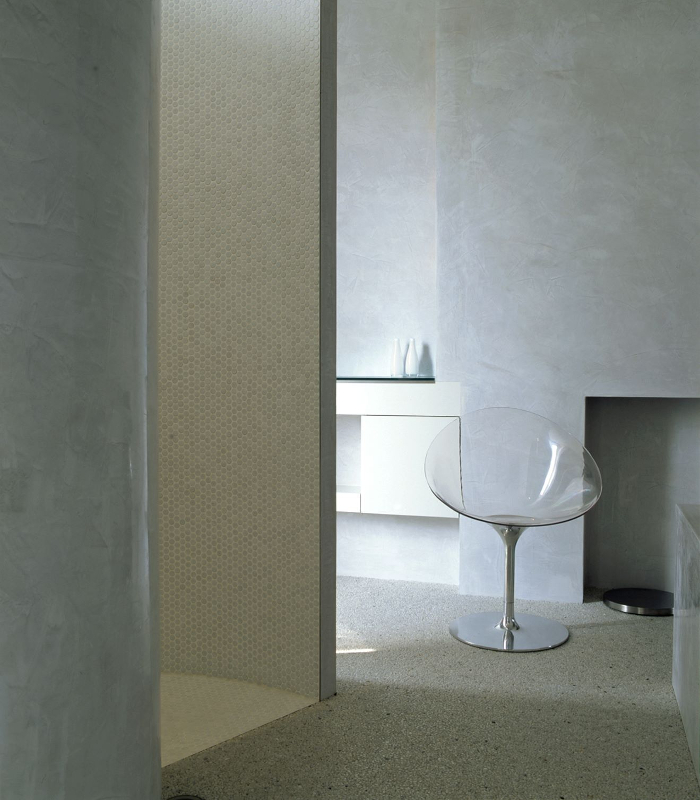We are an architecture and design practice working on both commercial and residential projects. The Practice was formed in 2002 in London. From 2017 it now also operates from studios in Nottinghamshire and has a wide range of experience in diverse scales and types of projects spanning interior design, architecture and urban planning.
Our objective is to provide the highest possible standards of design on every project undertaken. We seek to achieve this aim by listening to our clients and then adding value through design innovation and performance.
Our role is to lead the client from the initial conceptual idea to the final details of the spatial proposal, encompassing lighting and furniture design and the specification of material finishes, furniture, fixtures and fittings.
The practice collaborates with carefully selected strategic partners and is currently working on a variety of exciting projects in the Lace Market, Nottingham, rural Nottinghamshire and Buckinghamshire.
We are based in Southwell, Nottinghamshire and our team is: Julie Richards, Architect & Director | Finola Brady, Architectural Technologist | Karen Jackson, Office Administrator.
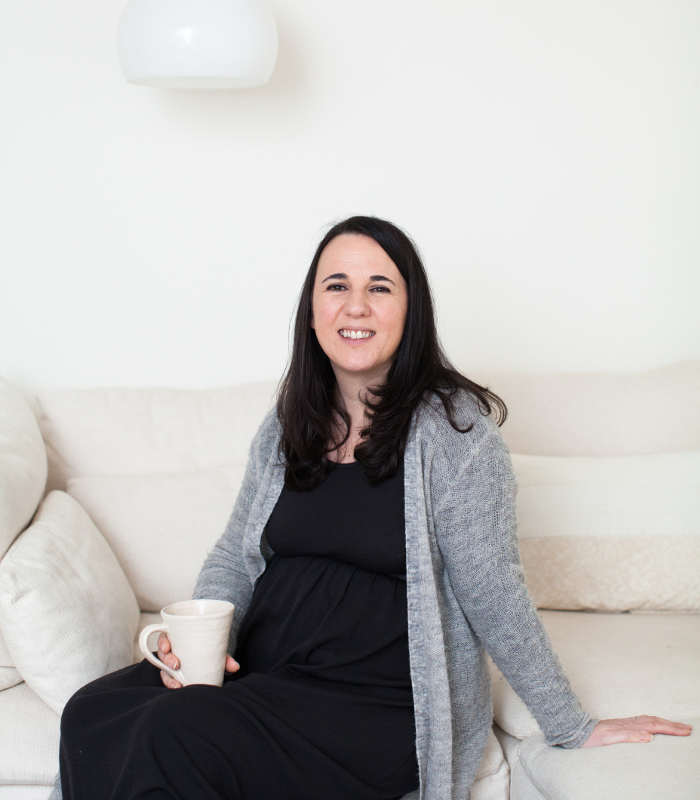
What’s the most exciting project you’ve worked on and why?
Escapade Retreats: a collection of 10 historic houses regenerated as luxury exclusive-use rental properties dotted around the UK. For this project, we considered the integrity of the historic building and its setting to be of the utmost importance; the original fabric of the building, the history of its occupancy, and its location of beauty and tranquility. It was these elements which were decisive factors in all aspects of the individual building's regeneration, from its original choice through to its completion, and therefore the guiding philosophy of the project.
Our aim was to create a series of spaces with a philosophy of escape; spaces of retreat to enable quiet reflection on the one hand and joyous abandon to fantasy on the other. The concept was that of regeneration of architectural fragments persevering from a previous era, with the subtle incorporation of today's advances in materials, facilities and amenities. This was to provide a blank canvas for the guest to purely reflect – the simple escapism of retreat, or to embellish with site-specific events and experiences to indulge the senses – the luxurious escapism of abandon.
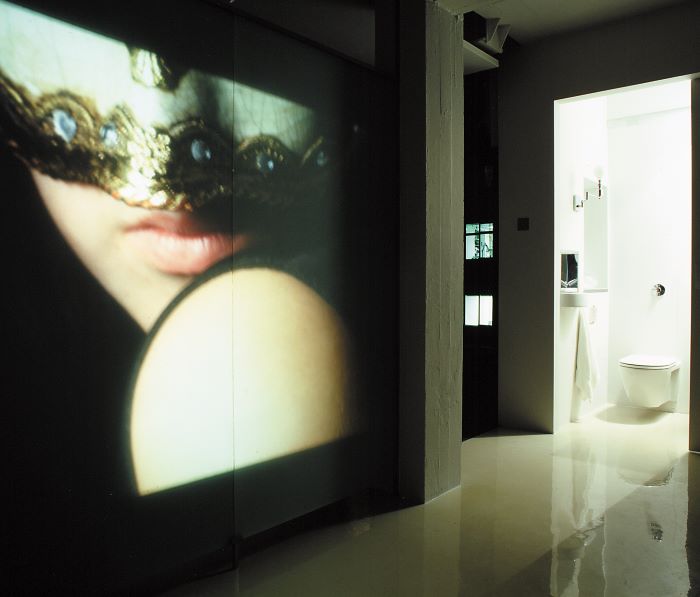
Where do you look for inspiration?
Inspiration for previous projects has been taken from a diversity of sources, such as:
- Mappings, the movement of the elements on a site sculpting the landscape, the history of a site imbuing hidden meaning
- Sound, acoustic landscapes
- Dance choreography, William Forsythe, Improvisation Technologies: A Tool for the Analytical Dance Eye
- Narrative structures, Paul Auster, The New York Trilogy
- Cinematic techniques, Jean-Luc Godard
- Theatre design, Samuel Beckett, Peter Brook, The Empty Space
- Merleau-Ponty, The Phenomenology of Perception
- Georges Perec, Species of Spaces
- Gaston Bachelard, The Poetics of Space
- Bernard Tschumi, The Manhattan Transcripts
- Morphosis, Tangents and Outtakes
- The Situationists, Jean Baudrillard, Guy Debord, The Society of the Spectacle,
- Zaha Hadid (former employer);
- Andrea Palladio.
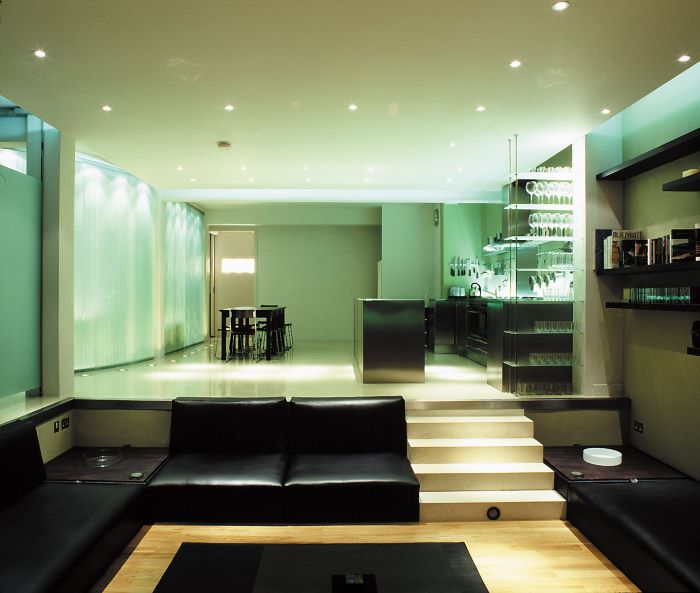
What do you think smaller architecture practices need most support with and does this differ from larger, more established practices?
Smaller architectural practices most definitely need more support in a whole variety of areas in comparison with larger, more established practices. Often, the multiple roles necessary to run a practice and its projects fall on the shoulders of one or two individuals as opposed to different teams or departments. Marketing, project enquiries, fee proposals, accounts (and chasing payments!) CPD, site visits, client meetings, contract administration – all on top of the actual raison d’etre of design, make small practice leaders time poor. The Chartered Practice toolkits address a few of these. Another aspect is quantity of experience and the bank of data which can be drawn upon for comparative analysis of relevant projects for multiple purposes. The regional Small and Emerging Practice groups are a welcome first step in connecting and pooling this knowledge amongst us, but I believe this structure can go much further in providing the support we need day to day.
How can architects reconnect people with nature in urban environments through architecture?
People have an innate affiliation to living systems. However, over time our daily experience has shifted to the majority of our existence being spent indoors, thereby depriving our need for nature. In order to address this, architects can take the responsibility to incorporate our core instincts as human beings into the urban landscape through biophilic design. Unfortunately, natural light can be so scarce within dense urban environments that designing with this alone is no longer enough. Therefore, architects can push the boundaries and improve wellbeing and productivity by integrating environmental features and processes, using natural materials and shape, forms and patterns combined with green planting to evolve and rebuild our human connection with nature. The focus should be on bringing the outside in. To this effect, one of my favourite places in London is The Barbican.
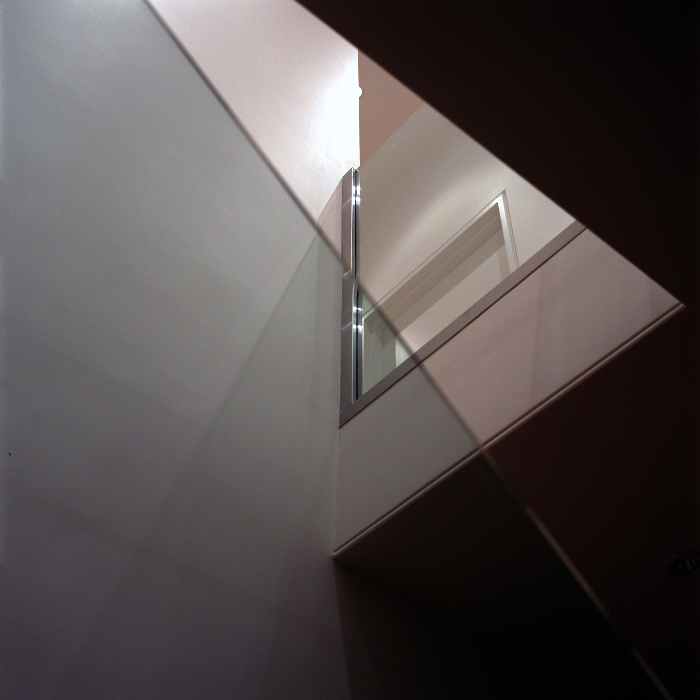
What is your advice for future generations of architects?
Having formerly taught third year students at the University of Nottingham for 10 years, I have had many conversations with our future generation of architects. Their commitment, ambition and talent were always a wonderful inspiration to me and made it such a rewarding experience to be part of. My advice to them was to be brave in their art, to develop their own line of thinking and way of working, and that architecture is a multi-faceted education which can lead off into multiple trajectories which should be embraced. And in the words of my own school, the Architectural Association, from 1851, ‘Design with Beauty, Build in Truth.’ Oh, and be rigorous in whatever you choose to do!
Find out more about Julie Richards Architectural Design on their webpage, Instagram, LinkedIn and Twitter.
- Contact us if you would like your practice to be showcased in future months.
